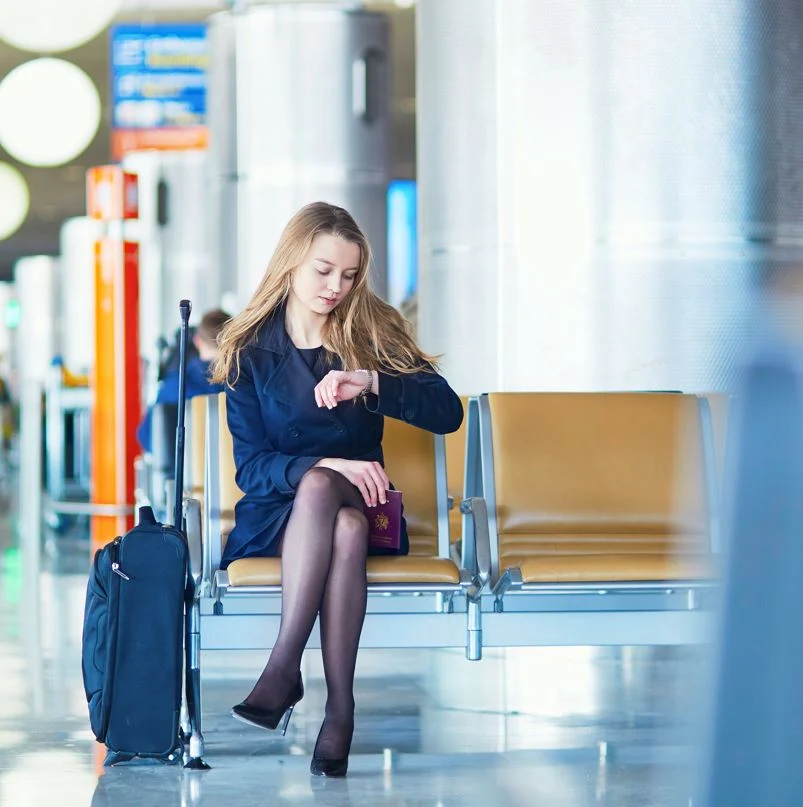How can you avoid flight cancelations and delays on your upcoming travels?
According to data from the Bureau of Transportation Statistics, 2.44% of flights were canceled in 2022 – a 33% increase compared to the previous year.
Not to mention, thousands of travelers deal with flight delays every day, whether their flight is pushed back by thirty minutes or three hours.
So how can you avoid these types of headaches when traveling? While there’s no surefire solution, these travel tips will help you avoid flight delays and cancelations:
1. Fly In The Morning
Many travelers don’t realize this makes much of a difference, but the time of day that you fly is extremely important when it comes to avoiding delays.
Based on data from the U.S. Department of Transportation, 86% of flights departing between 6 a.m. and 7 a.m. are on time, while only 66% of flights departing between 10 p.m. and 11 p.m. are on time.
That’s a massive difference, and flying first thing in the morning makes it 20% likelier that your flight will be on time compared to one of the last flights of the day.

2. Fly Nonstop Routes
Another factor that impacts whether your flight is delayed or canceled is whether you fly nonstop or on a connecting route.
Flights with connections are riskier because if your first flight is delayed or canceled, you risk missing out on the next leg of your journey.
When possible, always choose a nonstop route over a connecting route. Or, if you must have a connection, avoid layovers of an hour or less to provide a little more buffer in your schedule.

3. Choose An Airline With A Higher On-Time Departure Rate
Not all airlines are equal when it comes to on-time departures.
In the United States, Delta Air Lines leads the pack for the most on-time departures at over 84%, while Alaska Airlines and United Airlines follow at over 81%.
Budget carrier Allegiant Air performs the worst, with only 66% on-time departures.
And in Canada, WestJet has a dismal 60% on-time departure rate, while Air Canada is at just 55%.

4. Fly From Hub Airports
Flying from hub airports is another way you can avoid delays and cancelations.
Most airlines in the United States operate out of hubs. For example, Delta’s main hub is Atlanta, but other hubs include Boston, Detroit, Los Angeles, Minneapolis-St. Paul, New York, Salt Lake City, and Seattle.
Hub airports operate hundreds of flights per day, and it’s more likely that you’ll be able to get on a replacement plane or get repairs done quickly if there are any issues with your flight.

5. Don’t Check Luggage
Even if your flight goes out on time, you could end up with a whole other type of delay if you checked your luggage.
If there’s a delay in getting luggage out onto the carousel at baggage claim, you could be stuck at the airport for an extra half hour or more instead of being able to leave and go directly to your final destination.
Worse than a delay, your luggage could be lost, which creates even more of a hassle. (This U.S. airport was the worst for lost luggage in 2022.)
If you can avoid checking luggage and travel with carry-on luggage only, you’ll be less likely to have any issues.

6. Know Your Rights
Finally, know your rights about what an airline owes you for a delayed or canceled flight.
Many airlines will rebook you on the next available flight, provide refunds, and even offer you hotel and meal vouchers, depending on the situation.
Here’s what the major U.S. airlines offer for delayed and canceled flights.

Credit: Source link

